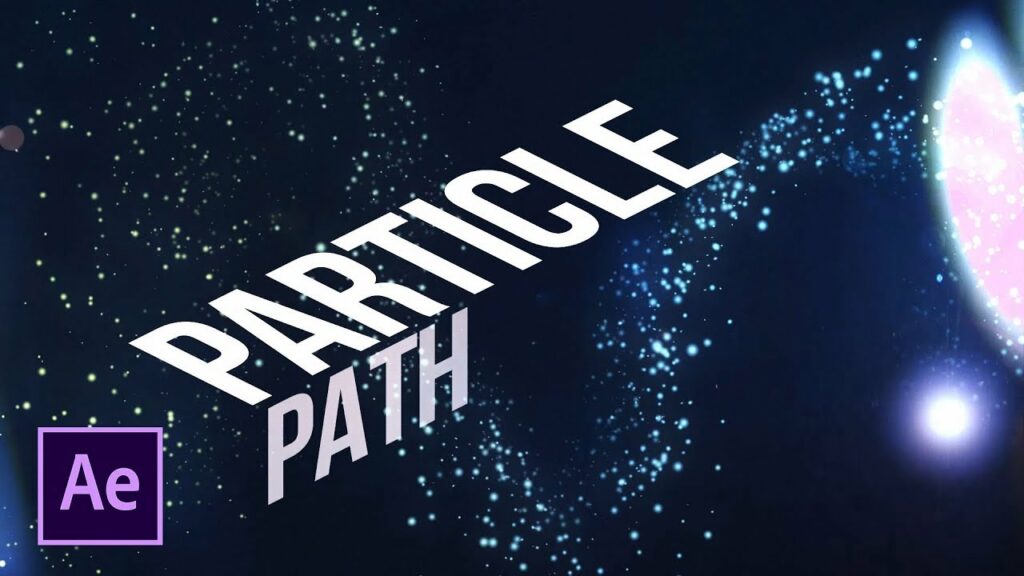Unlocking the Mysteries of Particle Effects: A Comprehensive Guide to Creating Stunning Visuals in After Effects

In the realm of motion graphics and visual effects, Adobe After Effects reigns supreme as the go-to software for creating breathtaking animations and dynamic compositions. Among its vast array of tools and capabilities, the ability to create particle effects stands out as one of the most versatile and visually striking features. From simulating natural phenomena like fire and smoke to crafting futuristic sci-fi environments, particle effects offer endless possibilities for adding depth, texture, and movement to your projects. In this comprehensive guide, we’ll take a deep dive into the world of particle effects in After Effects, exploring the techniques, tips, and tricks you need to create mesmerizing visuals that will captivate your audience.
Understanding Particle Effects:
Particle effects in After Effects are generated by simulating thousands or even millions of tiny particles, each with its own unique properties such as size, color, velocity, and lifespan. These particles can be manipulated and controlled to create a wide range of visual effects, from simple dust motes and sparks to complex simulations of natural phenomena like rain, snow, or explosions.
Creating Particle Systems:
To create a particle effect in After Effects, you’ll first need to create a particle system using one of the built-in particle generators or third-party plugins. The most commonly used particle generator in After Effects is the Particle World effect, which allows you to generate particles in a 3D space and control their behavior using a variety of parameters.
To create a particle system using the Particle World effect, simply create a new composition in After Effects, then add the effect to a solid layer. Once the effect is applied, you can adjust parameters such as birth rate, particle size, velocity, gravity, and turbulence to customize the appearance and behavior of the particles.
Customizing Particle Properties:
After creating a particle system, you can further customize the appearance and behavior of the particles by adjusting their properties. For example, you can change the color, opacity, size, and shape of the particles using the Particle World effect’s controls. You can also add textures, lights, and shadows to create more realistic and visually appealing particle effects.
In addition to basic properties like color and size, you can also animate the particles over time to create dynamic and complex effects. For example, you can use keyframes to animate the position, rotation, scale, and opacity of the particles, creating effects like swirling vortexes, exploding fireworks, or shimmering magical auras.
Using Expressions and Scripts:
To take your particle effects to the next level, consider using expressions and scripts to automate and enhance their behavior. After Effects offers a powerful scripting language called JavaScript, which allows you to create custom scripts to control and manipulate particle systems with precision and efficiency.
With expressions, you can link the properties of different layers and effects together, creating complex interactions and animations that would be difficult or impossible to achieve manually. For example, you can use expressions to link the movement of particles to the position of a null object or to create dynamic simulations of fluid dynamics or physics-based interactions.
Rendering and Exporting:
Once you’ve created your particle effect in After Effects, it’s time to render and export your project to share it with the world. To render your composition, go to the “Composition” menu and select “Add to Render Queue.” In the Render Queue panel, you can adjust settings such as output format, resolution, and compression settings before rendering your project.
When exporting your project, be sure to choose a file format and codec that preserves the quality of your particle effects while minimizing file size. For high-quality visual effects, consider exporting your project in a lossless format like QuickTime Animation or ProRes, or use a compressed format like H.264 or HEVC for smaller file sizes suitable for web or mobile distribution.
Conclusion:
In conclusion, particle effects in After Effects offer a powerful and versatile tool for creating stunning visual effects and dynamic animations. By understanding the principles of particle systems, customizing particle properties, and using expressions and scripts to enhance their behavior, you can create mesmerizing visuals that will captivate your audience and elevate your projects to new heights of creativity and professionalism. Whether you’re simulating natural phenomena, crafting futuristic environments, or adding a touch of magic to your animations, mastering particle effects in After Effects will undoubtedly take your motion graphics skills to the next level.




